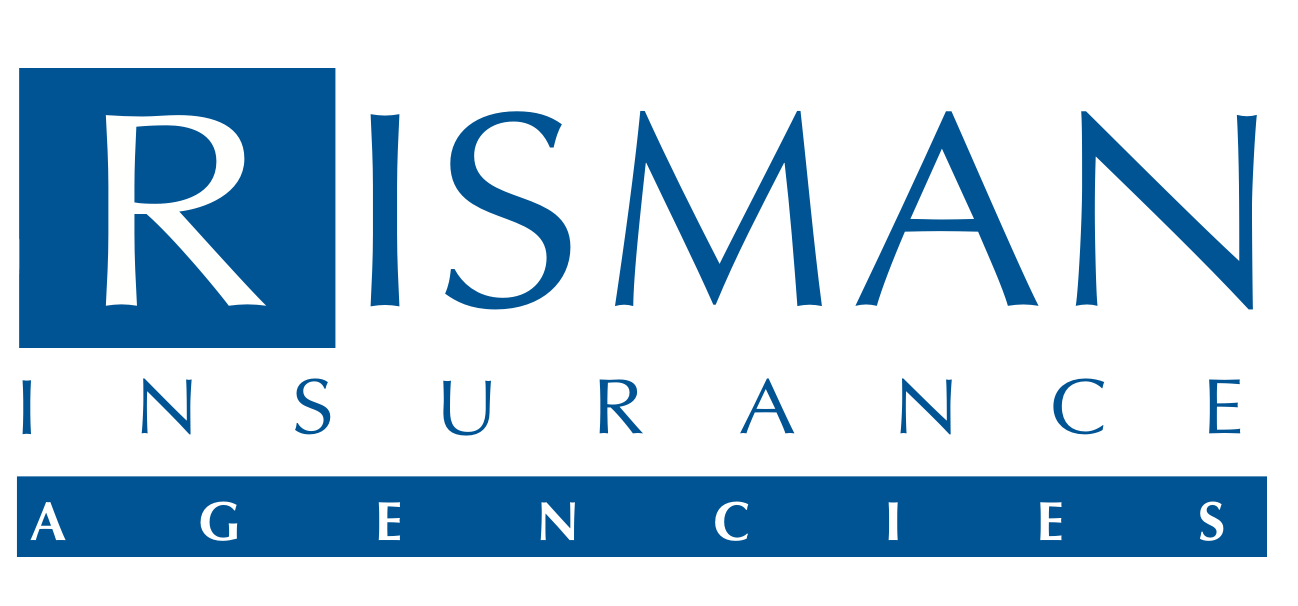For most homeowners, their house is not only a significant financial investment but also a place of comfort and security. However, protecting your home against unforeseen events is essential to safeguarding your investment and peace of mind. Home insurance provides valuable protection against a wide range of risks, from property damage to liability claims. In this comprehensive guide, we’ll cover everything you need to know about home insurance policies, coverage options, and essential tips to ensure you have adequate protection for your home and belongings.
Understanding Home Insurance: Home insurance, also known as homeowner’s insurance, is a type of property insurance that provides coverage for your home and its contents in the event of damage, theft, or liability claims. A typical home insurance policy consists of several components:
- Dwelling Coverage: Protects the physical structure of your home, including walls, roof, floors, and attached structures, against damage or loss caused by covered perils such as fire, theft, vandalism, and certain natural disasters.
- Personal Property Coverage: Covers the contents of your home, such as furniture, appliances, clothing, and electronics, against damage or loss due to covered perils, both inside and outside your home.
- Liability Coverage: Provides financial protection against lawsuits and legal expenses if someone is injured on your property or if you accidentally cause damage to someone else’s property.
- Additional Living Expenses (ALE) Coverage: Reimburses you for additional living expenses incurred if you’re temporarily displaced from your home due to a covered event, such as a fire or natural disaster, and need to stay elsewhere.
Coverage Options and Add-Ons: When purchasing home insurance, it’s essential to understand your coverage options and consider any additional protection you may need. Here are some common coverage options and add-ons to consider:
- Replacement Cost vs. Actual Cash Value: You can choose between replacement cost coverage, which pays to repair or replace damaged items at their current market value, and actual cash value coverage, which takes depreciation into account and pays the item’s depreciated value.
- Extended Coverage for High-Value Items: If you own valuable items such as jewelry, artwork, or collectibles, consider adding scheduled personal property coverage or a separate endorsement to ensure they are adequately protected.
- Flood Insurance: Standard home insurance policies typically do not cover damage caused by floods. If you live in a flood-prone area, consider purchasing a separate flood insurance policy through the National Flood Insurance Program (NFIP) or a private insurer.
- Earthquake Insurance: Similarly, earthquake damage is typically not covered under standard home insurance policies. If you live in an earthquake-prone region, consider purchasing earthquake insurance to protect your home and belongings against seismic events.
Tips for Homeowners: When shopping for home insurance, keep the following tips in mind to ensure you get the coverage you need at a price you can afford:
- Assess Your Coverage Needs: Evaluate your home’s value, contents, and location to determine the appropriate coverage limits and deductible amounts for your policy.
- Shop Around for Quotes: Get quotes from multiple insurance companies to compare coverage options, premiums, deductibles, and discounts. Consider working with an independent insurance agent who can help you find the best policy for your needs.
- Review Policy Exclusions and Limitations: Carefully review your policy’s exclusions and limitations to understand what is and isn’t covered. Consider adding endorsements or additional coverage for specific risks if needed.
- Bundle Your Policies: Many insurance companies offer discounts for bundling multiple policies, such as home and auto insurance, with the same insurer. Consolidating your policies can help you save money on premiums.
- Review and Update Your Policy Annually: Regularly review your home insurance policy to ensure it remains up-to-date and adequately reflects any changes in your home’s value, contents, or coverage needs.
Home insurance is a critical safeguard for protecting your home, belongings, and financial security against unexpected events. By understanding the different coverage options, considering your specific needs, and following essential tips for purchasing insurance, you can ensure you have adequate protection for your home and peace of mind for the future. Remember, investing in the right home insurance policy is not just a financial decision – it’s a crucial step towards protecting your most valuable asset and providing security for you and your family.

Recent Comments